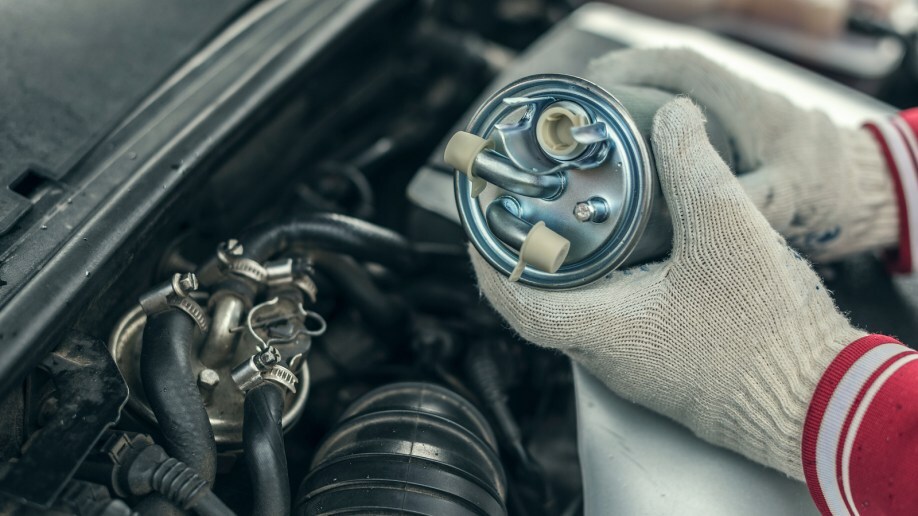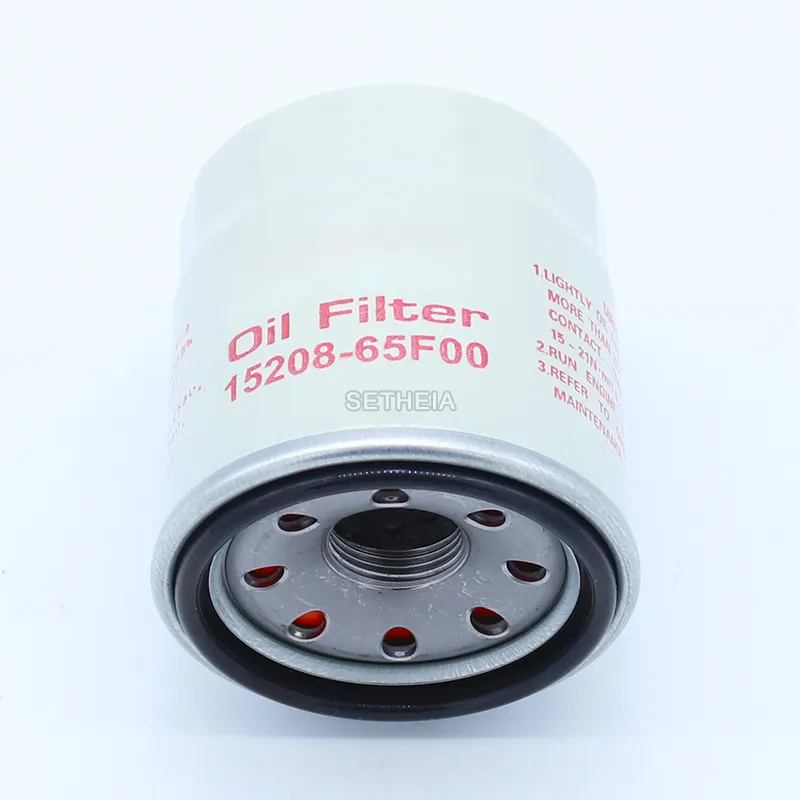Jan . 31, 2024 12:23 Back to list
Does My Car Need a New Fuel Filter?

Fuel Filter Quick Facts
- Your car’s fuel filter helps keep impurities from entering the fuel injection system, reducing performance and potentially damaging the engine.
- Difficulty starting, strong vibrations when idling, and sluggish cruising at slow speeds may signal the need for a new filter.
- Filter replacement costs about $215 at a dealership service center, or DIYers can do the job for about $50.
Fuel filters often fall into the “out of sight, out of mind” category of car parts. Still, being behind the scenes doesn’t reduce the importance of these essential components. A car’s fuel filter is arguably the first line of defense for keeping a smooth-running engine. Read on to learn what a fuel filter does and how to know when it needs replacement.
- What Is a Fuel Filter?
- Signs You Need a New Fuel Filter
- Fuel Filter Service Frequency
- New Fuel Filter Installation
- Cost of Fuel Filter Replacement
NISSAN CARS OIL FILTER 15208-31U00 5208-65F00
What Is a Fuel Filter?
A fuel filter acts as a permeable barrier that cleans the fuel of impurities, sediment, contaminants, and rust before they can enter the fuel injection system and, ultimately, inside your vehicle’s engine. The fuel filter can be a cartridge with filtering material composed of paper inside. Most technicians will include fuel filter replacement during regularly scheduled maintenance intervals.
Signs You Need a New Fuel Filter
But for argument’s sake, let’s say your car hasn’t been in for maintenance in a while. How will you know it’s time for a new fuel filter?
Here are some key indicators to watch for:
- Your vehicle has difficulty starting. This could be a result of a clogged filter. It may eventually start, but if it takes a while, that’s a sign the fuel is having trouble getting through the filter into the engine.
- Your car, truck, or SUV may not start at all. But you might not be able to blame it all on the filter. There may be other causes, including a failing fuel pump.
- Excessive vibration while idling. Some mild vibration is typical on most vehicles. However, if you are waiting for a stoplight to change or find yourself in stop-and-go rush hour traffic and feel your SUV lurching or idling roughly, it could be a sign of a clog in the fuel line, most likely at the filter.
- Rough cruising at slow speeds. Experts say that steady highway cruising followed by struggles at slower speeds are usually a sign of clogged filters. Highway speeds require a higher rate of fuel flow, which may mask the problem. Slower speeds use less. But a clogged filter will show itself at this lower rate.
- The car shuts off while driving. Ignoring the symptoms listed above could result in your vehicle shutting off, especially when you need it the most. Such neglect could result in damage to your car and personal injury.
MORE: What Happens if You Put Diesel in a Gas Car?
Filter Service Interval
It’s good practice to replace fuel filters within regular intervals, but there’s often the question of when. That comes down to how old your vehicle is and what the manufacturer recommends. Follow the guidance in your vehicle’s owner’s manual because the intervals vary according to the car. For example, some brands suggest an interval of every 20,000 miles, while others suggest going until 70,000 miles. Some vehicles, like those from Mercedes-Benz, offer extraordinary ranges of up to 150,000 miles.
If you do a lot of heavy-duty towing or off-road driving, there are exceptions to these rules. As your routes may be of the dusty, dirty variety, it is wise to cut the interval times in half to ensure your engine is getting the optimal amount and highest quality fuel possible.
MORE: How Often Should I Change My Oil?
What’s Involved With Fuel Filter Replacement?
A technician, wearing proper safety glasses and protective gloves, will allow the car to cool for at least three hours, followed by disconnecting the negative (-) battery cable or the fuse for the fuel pump’s circuit.
The process includes depressurizing the fuel system and removing the fuel inlet line from the filter. Then, the old filter is removed. After replacement, the car is started to check for leaks and again a few hours later to ensure all lines are fitting correctly.
Where Is the Fuel Filter Located?
The fuel filter is an in-line device that helps to trap any impurities in its screen or filtering material as the fuel makes its way from the fuel tank to the engine. It can be located in various places, depending on your vehicle. The filter might be in the fuel tank on newer vehicles as part of an integrated fuel pump assembly and gets replaced only when the fuel pump needs replacement. Another location is on the vehicle frame outside the tank. Some others may even have a pair: One inside the tank and the other outside, somewhere along the fuel line.
RELATED: Car Maintenance Guide: Everything You Need to Know
How Much Does Fuel Filter Replacement Cost?
According to data from Cox Automotive, Kelley Blue Book’s parent company, the average fuel filter replacement cost at a dealership service center is about $215. The job is often performed as part of a vehicle’s annual service as a proactive move to avoid future issues.
Your vehicle is one of the most expensive purchases you will make in your lifetime. Fresh filters help keep the car running while making payments on it and even longer. Review Kelley Blue Book’s Service & Repair Pricing Guide on replacing fuel filters for help finding a service provider.
Can You Change the Filter at Home?
If you are handy under the hood, you might be comfortable removing your vehicle’s fuel filter and installing a new one. It’s a straightforward project for most vehicles, but you should consult an auto repair manual before deciding to take on the job.
A replacement filter typically costs less than $100 at the dealer’s service center. You can buy a new filter for your car from your dealership’s parts department or at your local auto parts store, where you might spend about $50 for a new filter.
-
High-Quality Fuel Filter for Cars – Durable, Efficient Spin On Fuel Oil Filter
NewsJul.25,2025
-
China Cabin Filter Supplier – Premium Auto Air & Oil Filters Exporter
NewsJul.24,2025
-
Premium Antiskid Tire for Safe Driving & High Performance Filters
NewsJul.23,2025
-
Premium Antiskid Tire for Safe Driving & OEM Air Filter Solutions
NewsJul.22,2025
-
Premium Spin-On & Aluminum Fuel Filters for Car Care
NewsJul.21,2025
-
Antiskid Tires - Superior Wet Traction & Durable Safety | Buy Online Now
NewsJul.21,2025



